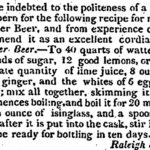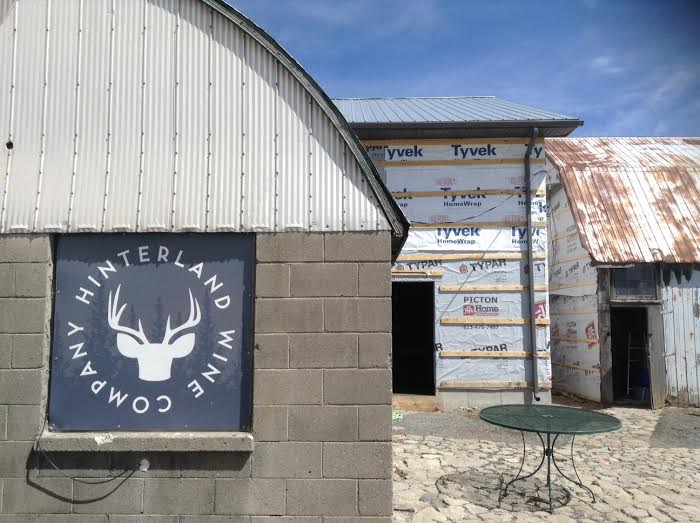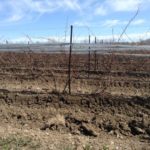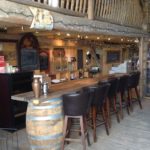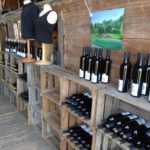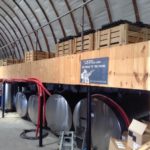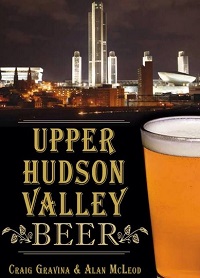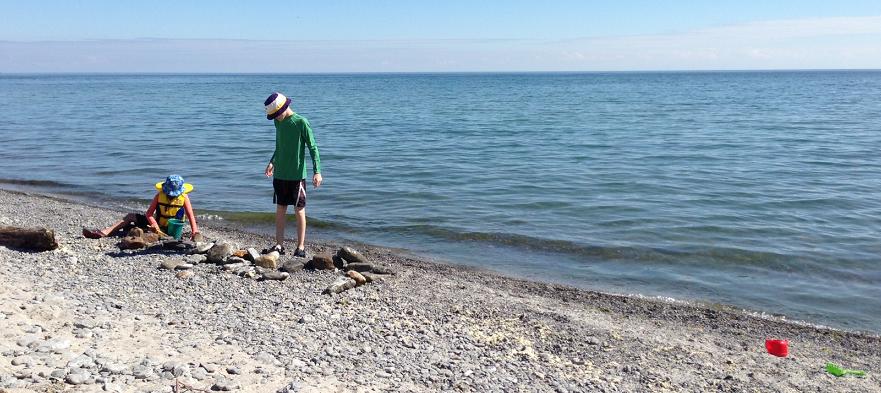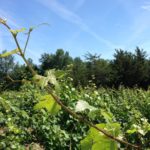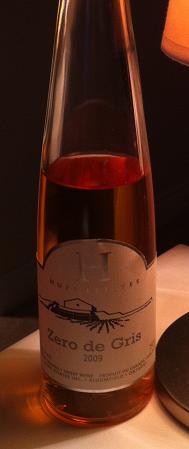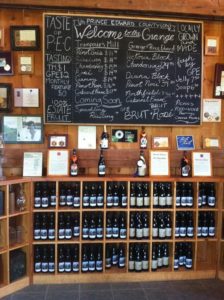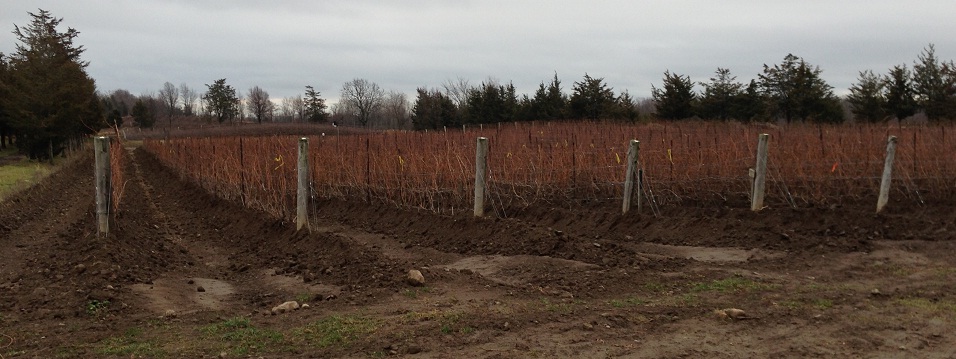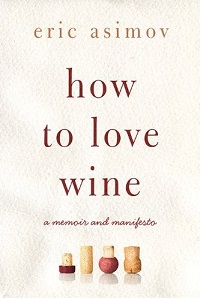As you know, I have been writing a bit about wine here because I am thinking about and drinking a bit of the fluids of nearby Prince Edward County. News today from those last few staff at Statistics Canada who have not met the wrath of our rural overlords indicates I might not be alone:
For some, beer is as Canadian as the Maple Leaf, and anything less would be downright unpatriotic. But, new statistics show, a nation of beer drinkers are increasingly switching from hops to grapes. “Despite the small increase in beer sales, both in terms of volume and dollar value, the market share dominance of beer continued to decline as consumers turned more to wine,” Statistics Canada said today, referring to numbers that are now a year out of date, but still show how tastes continue to change. “In 2002, beer had a market share of 50 per cent by dollar value, while wine had 24 per cent,” the agency said in an annual report on alcoholic beverages. “By 2012, the market share for beer had declined to 44 per cent, while wine accounted for 31 per cent.”
Notice the underlying factor, however, as this statistic is by dollar value. We are as a nation spending more on wine. We may well not be buying or drinking more wine but we likely are. Buying better, too… or at lease more expensive. Plus we are buying what is becoming fairly common around us, good local wine. Yet, we buy and make beer and spirits, too. We are polyboires, we Canadians, as the original StatsCan report explains.
My near western neighbour, Prince Edward County, here by the northeast corner of Lake Ontario provides only a small bit of Ontario’s and Canada’s overall wine production. Recently, I received samples of a number of Diamond Estates wines from Niagara, the better known wine region to the southwest of the same Great Lake. Because it is wine, it’s a bit hard to get a handle on what to make of even such a selection let alone place them in the context. I’ll mention two. I shared the EastDell Gamay Noir and, again, were pleased with the quality – especially the characteristics of the grape as grown in Ontario soils. I am not sure I would trust a wine at that price point to be as dependable were it European or South American. I unexpectedly liked a light bodied white wine, Birchwood Fresh Gewurztraminer / Riesling, even though it it is a modestly priced blend but, then, was a challenged by the implications. But that’s the thing, isn’t it. See, for me, unlike beer, taking into account all the challenges posed by nation, region, vintage, grape variety, blends, sometimes actual terrior and bottle variation – not to mention price point and vintner’s intention – the variables are simply more complex as a whole than good beer. I don’t know how to get my arms around the body of data presented to me by wine. So I focus on zones. I buy red wines from the Côtes du Rhône and Rieslings from the Mosel – Ürzigers if I can find them. And, lucky for me, I also buy local wines from nearer and often – but not always – more affordable zones.
I know, I know. Your a beer geek and you’ve been told that beer goes with more things and is more complex. You even believe beer goes with chocolate better, never having had even a reasonable port. But the saddest truth is these sorts of arguments makes a little sense. Good beer is wonderful and so is wine. So’s gin, for that matter. But learning about beer is a fairly straight forward or maybe just relatively straight forward matter, not even considering all the misdirection from above and its own inherent multi-faceted nature. You read 20 beer books these days and, be honest, you come away with the sense you’ve maybe read six. I read any book in the Faber series on wine, for example, and I am boggled by the sheer volume of data. 475 Beers to Try Before You Die? What about facing 2575 wines of the Côte de Beaune in a lifetime, a stretch of land in one French valley of maybe 5 by 20 miles.
What to do with this as a beer nerd wanting to start learning about wine? Start. Same goes for teas or cheeses for that matter. Take the chip off the shoulder if it’s there and start trying them. Start trying to figure them out and realize as you do that you will likely never master the stuff. You’ll never get a glimpse of the borders of the topic for that matter. But that is OK. You’ve never have a beer from all the US craft brewers either. Will anyone? Who cares.
 I was looking up spruce beer to see how late it was being advertised and came across a small batch of notices from one newspaper in Schenectady New York in the 1830s. By the second half of the 1800s, there are plenty of recipe books that offer homemakers the ability to make a 1.5% alcohol soft(ish) drink for the family based on sugar and essence of lemon. Unlike those household guides, the 1830s lemon beer appears to take its place with other alcoholic beers and not in the temperance drinks cabinet.
I was looking up spruce beer to see how late it was being advertised and came across a small batch of notices from one newspaper in Schenectady New York in the 1830s. By the second half of the 1800s, there are plenty of recipe books that offer homemakers the ability to make a 1.5% alcohol soft(ish) drink for the family based on sugar and essence of lemon. Unlike those household guides, the 1830s lemon beer appears to take its place with other alcoholic beers and not in the temperance drinks cabinet.


